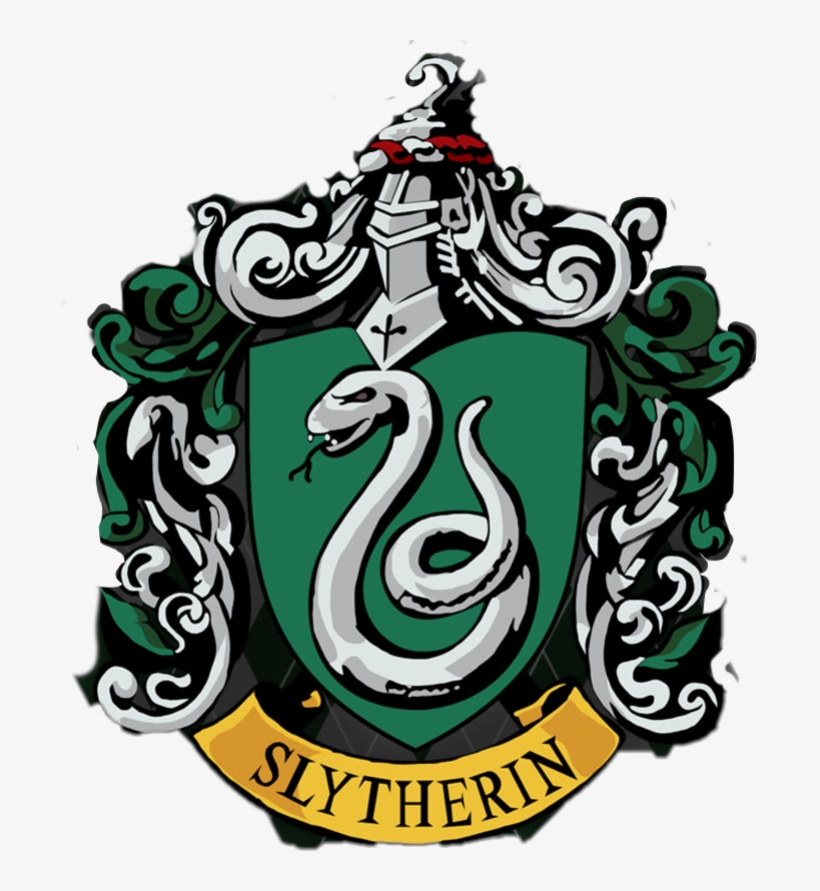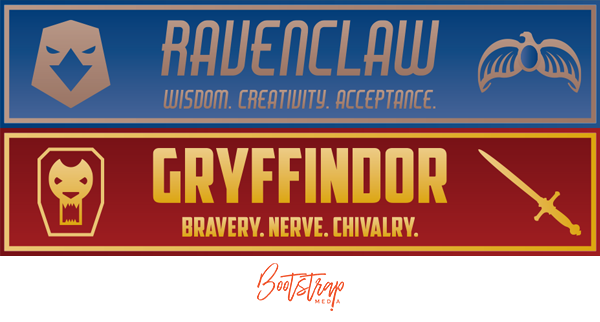Harry Potter took the world by storm in 1997 and became a critically acclaimed commercial success worldwide, only to do it again in 2001 with the release of the movie. What began as a book, soon turned into a universe.
J. K. Rowling has further expanded the wizarding world by writing beyond the Harry Potter books and her tweeting purview. Today, the houses have become a combination of brutal judgement, stereotype and hyperbole, and the four houses have morphed into much more than their initial introductions in the Sorting Hat song.
Each house is tied to a string of stereotypes to its name and we’re going to debunk these myths in two sections. I mean each of the houses can be a lot, eh?
HUFFLEPUFF

Misconception: Hufflepuff is the boring, lame house.
Reality: Several members of the fandom have concluded that Hufflepuff is the lame house because Helga Hufflepuff declared that she would have “all the rest” instead of seeking something special in those who were sorted into her house. People often quote the line to degrade Hufflepuff, claiming it means that the house members weren’t competent enough to join any of three other houses. Additionally, Malfoy’s statement “imagine being in Hufflepuff, I think I’d leave, wouldn’t you?” instilled doubt in many.
Hufflepuff’s willingness to have anyone regardless of their background or skills is reflection of the values Helga Hufflepuff wanted to inculcate in her house members. Being the only founder who wasn’t swayed by favouritism or discrimination, Hufflepuff grew to be accepting of all kinds of traits, talents and backgrounds and eventually became the most diverse and inclusive house in Hogwarts.
Misconception: They are pushovers. (Even Ron said so)
Reality: If you know the traits of a Hufflepuff, you’d be a fool to think of them as pushovers. Take Nymphadora Tonks for example. She’s a metamorphmagus with bubble gum pink hair who fought Voldemort shortly after giving birth. Pushover? More like badass.
Look beyond the surface and you will also see that they are humble. While Cormac McLaggen fed into the Gyrffindor stereotype and repulsed people with his consistent bragging, Cedric Diggory was modest despite having just as much reason to brag as Cormac. Cedric was Captain of the Qudditch tem, school prefect and Hogwarts Champion. His humble demeanour and kindness attracted people to him automatically.
Moreover, majority of the members of Dumbledore’s Army came from Hufflepuff and their house traits are described as “work, dedication, patience, loyalty, and fair play” which are some useful traits to have when fighting Voldemort!
Misconception: They’re just nice hippies.
Reality: Hufflepuff is beyond a nice house. They’re known to act with a level head when confronted with difficult circumstances. A trait that came in handy during The Final Battle of Hogwarts. Additionally, Hufflepuff is known to have the fewest dark wizards of any house.
While their acceptance of everybody is perceived as niceness, it is their patience and loyalty that gives them a bad reputation. This house is the embodiment of Hogwarts; Hufflepuffs can be creative and witty like Ravenclaw, brave and chivalrous like Gryffindor and cunning and ambitious like Slytherin.
SLYTHERIN

Misconception: Slytherins are Nazis.
Reality: This comparison is beyond problematic. Is it reasonable to argue that anyone in Slytherin is inherently evil? Draco Malfoy being the entry point into Slytherin house sets that misconception in stone as we learnt to identify all of Slyhterin house with him and his posse.
It is obvious that Rowling is trying to make a Nazi connection because in the United Kingdom if you want to identify the bad guys you make Hitler connections. Despite that, the blue eyes and blonde hair relation only goes so far as not all members of Slytherin house fit into that description.
Misconception: Slytherins are consumed by money.
Reality: A common misconception, the idea that all Slytherins come from money, comes from the idea that the villains of the story are part of the gentry class, a trope that can be traced back as early as the 1850s.
The wealthiest person in the story is Finch-Fletchley and he’s in Ravenclaw. Harry and the Weasleys are constantly thinking about money for their own reasons. The twins forsake the family tradition of studying magic to make money. Safe to say, Slytherins think about money just as much as any other house.
Misconception: They are cunning and deceptive.
Reality: While they are called out for their cunning demeanor and schemes by the sorting hat, it doesn’t necessarily mean a bad thing. They are ambitious and have laser eyed focus and are willing to work to any end to achieve what they have their eye on. Their inability to give up and drive to succeed is also a motivating presence to those around them. Slytherins have the tendency to bring out the best in you. More importantly, ambition is not a bad trait, especially when a millennial’s wish to afford basic rent is considered wildly aspirational.
Furthermore, their ability to be cunning makes them quite the charmers, I mean take the Malfoys for example. As charming as they can be, it also means they are quite the pros at talking themselves out of a situation, with the exception of Snape who somehow lacked even a hint of charm.
Misconception: They are selfish and prone to secrets.
Reality: While we acknowledge that they’ve had more than a few bad eggs and have a bad reputation that many Slytherins lived up to, their decisions don’t always come from a selfish motive. Take Draco’s acceptance of Voldemort’s offer to ensure the safety of his family for example, or Snape leading a dangerous double life in the name of love.
Misconception: They hate muggles.
Reality: Slytherin is commonly known to hate muggles and by connection, muggle-borns. The real reason behind this is that at the time, witches and wizards were being prosecuted by muggles. Therefore, Salazar Slytherin thought to protect themselves by prohibiting them from learning of the wizarding world.
Misconception: All Slytherins are evil.
Reality: While members of this house are proud and drawn to power, the house is perhaps the most traditional of them all. Let’s be honest, we all possess a few Slytherin traits and no Hogwarts house takes better advantage of the dichotomy between outward presentation and inward truth than the serpent. The house adopts a little something from every house.
While the house has had its bad eggs, not all Slytherins can be categorized as evil. Some of the biggest contributors to the Final Battle were from Slytherin. Take Horace Slughorn for example, not only does he discourage Tom Riddle from exploring horcruxes, he comes back in the Battle of Hogwarts to protect the school.
Other examples are: Regulous Black, who died attempting to destroy the Dark Lord, Severus Snape, who was a double agent for the Order of Phoenix and Merlin who opposed Morgana and created the Oder of Merlin to protect muggles.
Since the famous falling out of the four; the cause of which we still don’t know, the Sorting Hat speaks of the need for the houses to unite within Hogwarts or crumble from within.
Perhaps, if we overcome the stereotypes and misconceptions we associate with each house, we can find this unity, and grow to be the multidimensional witches and wizards we are supposed to be, continuing the rich history of Hogwarts to bring true honour, and greatness to each house’s reputations.
Looking for Gryffindor or Ravenclaw? Watch out for our next piece to learn more about the wizarding world. Additionally, tell us what you think of the houses and the myths surrounding them.




